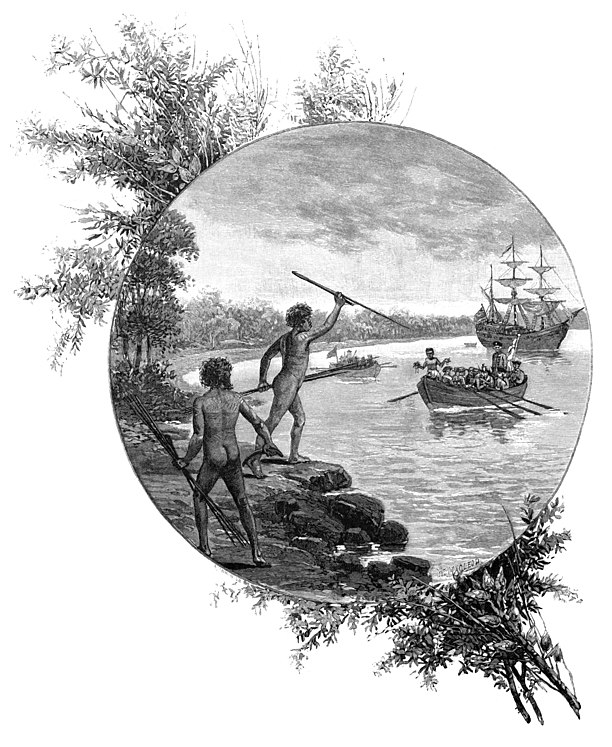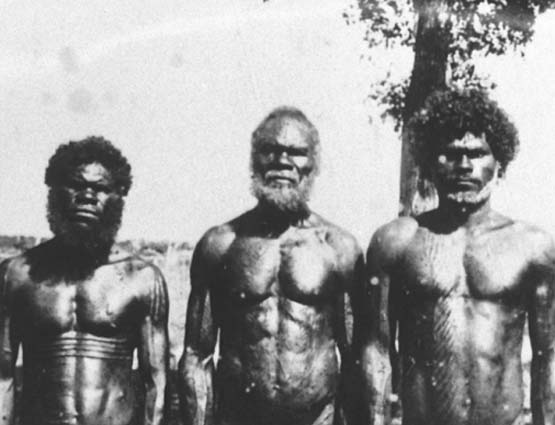The article, is about the UN's food agency calling on the Asian nations to help small farmers to grow more rice to prevent food shortages in the face of expanding population.
In my opinion, I think that what the UN is doing is very useful, as with an expanding population, the lack of rice could led to serious food crisis and food price spikes. Also, as said in the article, about 90 percent of the world's rice is grown in Asia, if food shortages were to occur, it would not just affect Asia, but would affect countries around the world. Hence, I feel that "helping small scale farmers to grow more food to enhance food security is very important" as it helps to prevent food price crisis, and reduces poverty. For example, in China and Indonesia, prices have risen sharply in many local markets, with retail prices of rice reaching record high levels in January. Thus, in conclusion, I agree fully with what the UN is doing, to help small farmers to grow more rice.







